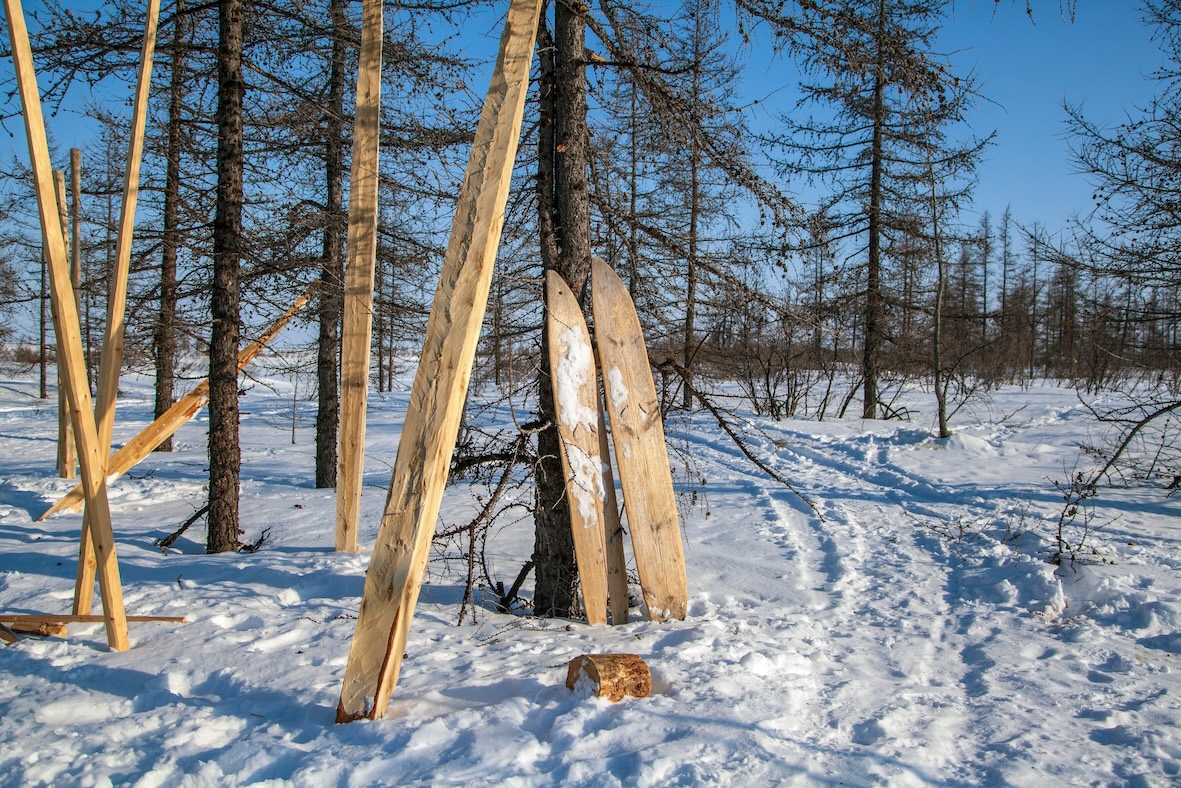With a well-established tradition in alpine skiing, Italy has produced champions who have left an indelible mark in the annals of this sport.
Athletes of the calibre of Alberto Tomba (winner of three Olympic gold medals and two World Cups), and more recently, Sofia Goggia and Federica Brignone who reached new pinnacles of excellence in international competitions and have done their nation proud.
Sofia Goggia is particularly famous for being the queen of downhill speed racing and has won several World Cups in this discipline.
A paragon of technique and consistency, Federica Brignone was the first Italian woman to walk away with the overall World Cup in 2020.
Dominik Paris, another speed specialist, has also achieved one milestone after another in the history of Italian skiing, securing multiple downhill victories in the World Cup and prevailing on the legendary Streif in Kitzbühel, one of the most iconic and challenging runs in the world.
While vying with their sports competitors, these magnificent medallists have all been able to rely on premium-quality equipment, much of which still with a wooden core, proving that tradition and innovation can seamlessly coexist, even at such high levels.
This highly popular winter sport has undergone enormous changes in the course of its history.
From Nordic origins to today’s pistes
Initially a means of transport on snow-covered terrain, skiing has extremely ancient origins. The first known skis date back about 6,000 years, and remains have been found in Scandinavia and Siberia.
It is no coincidence that the word “ski” comes from the Norwegian term “skíð” which means “stick of wood”. This speaks volumes about how vital a role wood had in all of this.
Since the very outset, skis were built entirely from wood. The preferred species were pine, spruce and beechwood because they were lightweight and bendy.
Despite the advent of technology, wood continues to play a key part in modern ski design.
Many artisanal and top-end items have a central wooden core often combined with other materials such as fibreglass or carbon to boost resistance and improve flexibility.
The wooden core makes skis more responsive, having a unique ability to soak up vibrations yet unmatched by synthetic materials. What is more, wood can be worked on to create personalised signature skis with a natural refined aesthetic that is much sought after.
The return of wood: a sustainable option
Over the past few years, the general public has become increasingly aware of the importance of sustainability; this has thrust wood into the limelight and made it a priority for the ski industry.
Unlike plastic and synthetic fibres, wood is a renewable biodegradable material. Some manufacturers are turning their attention to solid wood and eco-friendly adhesives in order to create skis that are not only environmentally conscious, but outperforming too.
Skis crafted from timber felled in sustainably managed forests are winning favour amongst freeriders and alpine skiers whose primary objective is contact with nature and all its untamed beauty. The use of natural materials does not only lower the ecological impact of manufacturing activities, but also ensures that the skis last longer. This in turn means less frequent replacements and less waste.
Wood is a hard act to follow and despite recent technological progress, it continues to hold its own in the ski-construction sector.
It sets a high bar due to its mixture of aesthetics, performance and sustainability and both small artisans and top-brand large-scale producers find it difficult to do without.
When you choose a set of skis with a wooden core, you enjoy superlative quality on the slopes while contributing to a better future for the planet.
Bridging the gap between tradition and innovation, it retains its roots yet looks to tomorrow. And it also makes for a superb skiing experience.
At the LIGNA 2025 trade fair in Hanover between 26th and 30th May, you will be able to learn about the latest innovations in surface technology, industrial automation, wood energy, forest technology, wood-based-material production and much more. In addition to all the above, there will be equipment and machinery for traditional workmanship, as well as stunning solutions that exceed expectations and drive the success of our nation, showcasing once more Italian talent in innovation and technological excellence.
